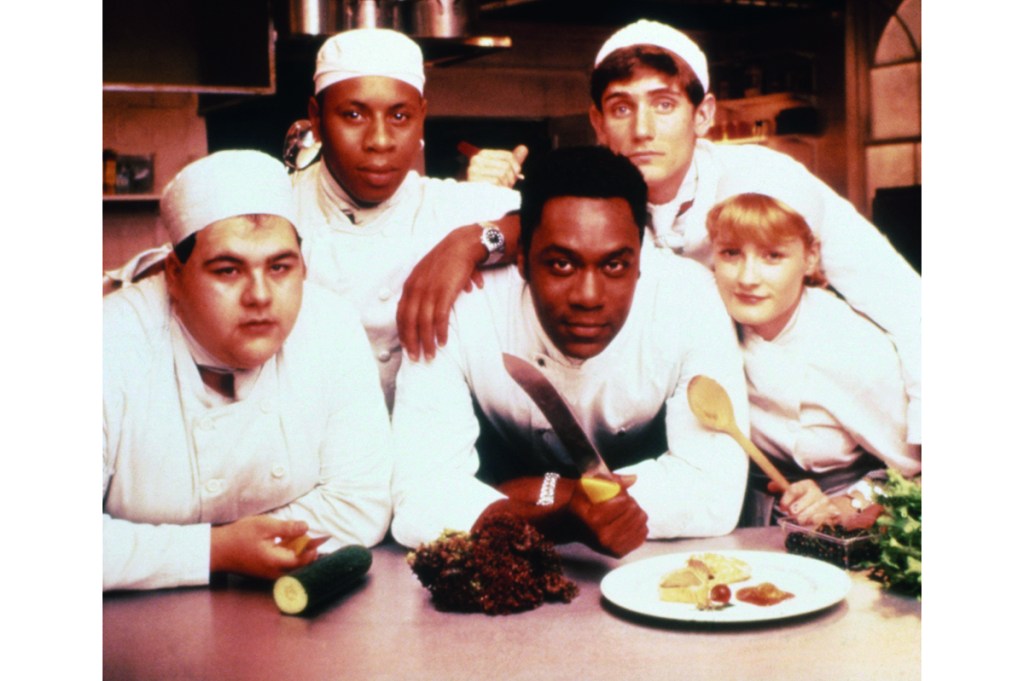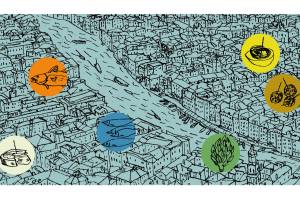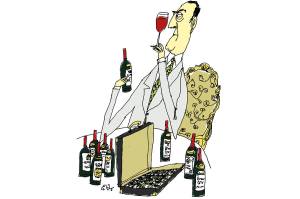Hugh Johnson’s classic World Atlas of Wine, first published in the early 1970s, is now up to its eighth edition. My edition, the sixth, was published in 2007. It is 400 pages long and has exactly one page devoted to the wine of the United Kingdom. The latest edition is sixteen pages longer but it, too, devotes only one page to British wine.
Wine has a long history in the British Isles. Like so many good things (q.v. Monty Python’s Life of Brian), wine was brought by the Romans, who planted vines wherever they could grow (and some places they couldn’t). The Domesday Book, William the Conqueror’s big tax-planning guide, lists forty vineyards in England.
Of course, the medieval diet was largely washed down with beer and ale, but what wine they drank came mostly from local vineyards. That changed after Henry II married Eleanor of Aquitaine in 1152 and brought Bordeaux under English suzerainty. Then claret began to rule.
Wine in Britain has had a complicated history, chiefly because of changing weather patterns. In Roman times, the island enjoyed a period of warmer weather, and grape harvests are thought to have been plentiful. In succeeding centuries, the situation tended to be unpredictable at best. Which explains Johnson’s opening sentence in his one page about English wine: “Winemakers in more southern countries like to make little jokes about English wine.”
Consider “England Expects,” an episode from the mid-1990s British sitcom Chef!, which starred Lenny Henry as the master chef of a Michelin-starred French restaurant in England. Chef enters a snazzy international cooking competition on the continent in which contestants must create their meals using only ingredients from their home country. He arrives on the spot with the Stilton and other English comestibles but finds to his dismay that the English wine he brought along for a crucial sauce has gone missing. His efforts to find a replacement among the Paris wine shops is amusing. At first the shopkeepers are bemused. “Le vin Anglais? Quoi?” “Le vin d’Angleterre,” Chef explains. “Non, non,” comes the amused response.
Well, all that has changed. In the 1990s, Chef was able to find an OK white wine from the Chiltern Valley. But today he would have a far larger selection. The weather is still unpredictable, but generally warmer temperatures have made the situation in southeastern counties like Kent, Hampshire, Sussex and Surrey much more welcoming. The soil has always been promising. As Johnson notes, “there is no difference in the chalk soil between Champagne and England’s Downs.” A little “global warming” has done wonders for the wine harvests.
Modern winemaking in Britain learned its trade mostly from Germany. The wines, mostly white, were on the sweet side. But in recent decades, the wines have become ever drier and have more and more taken their cue from France. The best English wines are still mostly white (Chardonnay now predominates), but I am told there are some serviceable red Pinot Noirs.
What England really excels in making, however, is sparkling wine. It does not seem to be widely available in the States yet, but on a recent trip to London I was able to taste a couple of the more notable sparklers.
Nyetimber, in West Sussex, is one of the best known. We had the Classic Cuvée, which is a multi-vintage blend of Chardonnay and Pinot Noir with just a splash of Pinot Meunier. It was a bright, relatively low-alcohol (12 percent) wine with tiny star burst bubbles and hints of peach. The winery mentions a creamy toastiness, but the bottle we sampled was more fresh and evanescent than rich and toasty.
Nyetimber is an ambitious winery. The Special Cuvée sells for under $50 but their 1086 Prestige Cuvée will set you back about $180. I hope to try it on my next visit to Blighty.
A more recent star is Gusbourne, whose main vineyard is in Kent. Its first vines were planted in 2004, and its first wines were released in 2010. We had a bottle of the 2018 Brut Reserve, also a blend of Chardonnay, Pinot Noir and Pinot Meunier. It retails for about $50. It was a more complex, lingering wine than the Nyetimber, and it amply lived up to the boast of English wine enthusiasts that the best English wineries rival in quality their French counterparts in Champagne.
There are some things in life that one likes to do more than once, and I certainly hope that more bottles of Gusbourne and that Nyetimber Prestige Cuvée are in my future.
This article was originally published in The Spectator’s August 2022 World edition.


















